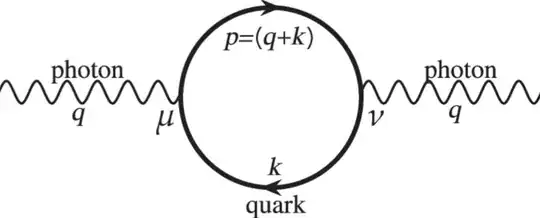According to quantum mechanics, the vacuum is not empty, but teeming with virtual particles that constantly wink in and out of existence. One strange consequence of this sea of activity is the Casimir effect: Two flat metal surfaces automatically attract one another if they get close enough.
Energy exist in empty space due to Heisenberg's time-energy version of uncertainty principle, and sometimes this energy is used to make virtual particle pair. Does the opposite also happen? That a particle disappears and reappears?
I don't think its possible for a single particle with spin or charge because it will violate conservation of charge/spin etc and if we are talking about 2 particles with opposite charge and opposite spin (antiparticles) its well known that they annihilate isn't that the same?
